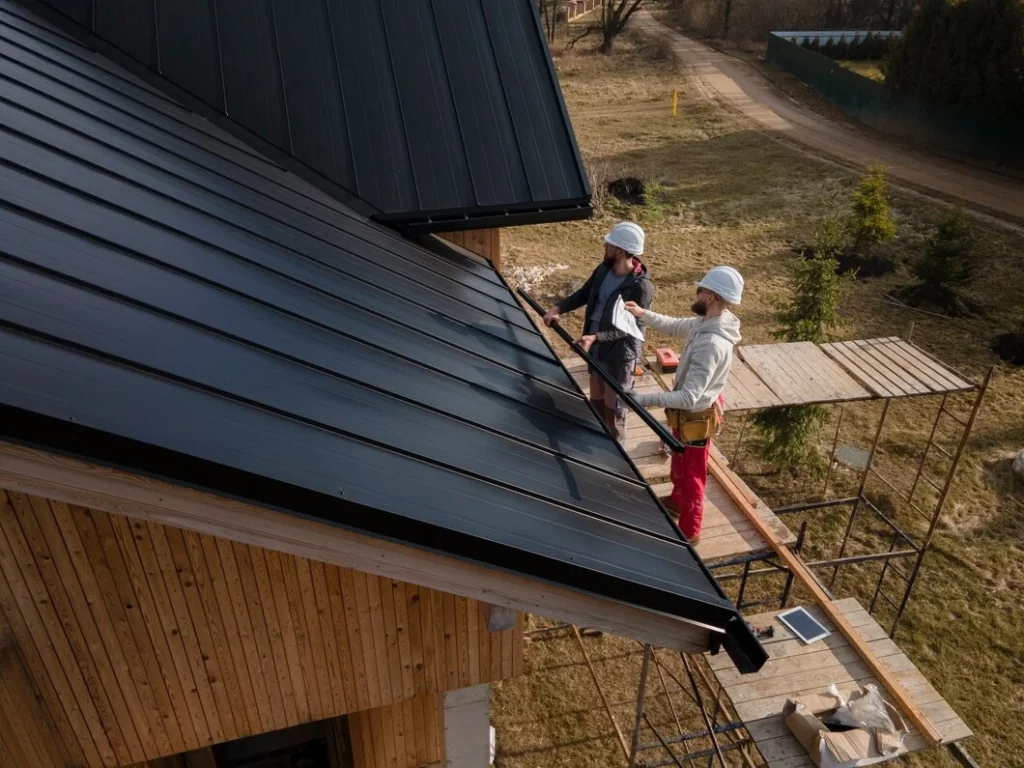4 Ways To Save Money And Energy
An outdated roof at the end of its lifespan can cause energy bills to rise. Here in Virginia, we experience the four seasons consisting of blizzards, cold winters, stormy springs, windy falls, and scorching summers that can cost you money & energy. Let us maximize your investment (build home value AKA more money in your pocket.) Want to know how much? Scroll down and check out How Much Does a New Roof Increase Home Value?
1. Insulation
2. Ventilation
3. Shingle Color
4. A Radiant Barrier
REAL1 CONSTRUCTION LLC
How Much Does A New Roof Increase Home Value?
The research that has been conducted on how much value a new roof will add to your home is somewhat mixed. This will all depend on your location.
One study finds that a new roof is a reasonable investment. Remodeling 2019 Cost Vs. Value Report found that the average American homeowner spends $22,636 on a new asphalt shingle roof of mid-range quality. That new roof will increase the home’s value by $15,427, on average. That works out to 68 percent of the investment.
Another research has found that a new roof adds much more to the appraisal value. The National Association of the Remodeling Industry (NARI) released a remodeling impact report that found new roofs provide a 109 percent return, which means you could make a profit on your new roof.
EXTRA BONUS below another way to keep money in your pockets.

Real1 Construction LLC
New Roof = Tax Credit?
There are unique benefits to owning your home and property. For instance, if you plan on replacing your roof, you may be eligible for tax credits. It all depends on your area, the type of roof, and the energy efficiency ratings. These tax credits are known as home improvement tax credits.

Real1 Construction LLC
What is a Home Improvement Tax Credit?
As an additional incentive for owning property and creating an energy-efficient home, the federal government offers numerous tax credits to offset the cost of repairs/renovations. You do not receive this tax credit as if it were a rebate. Instead, you can make a sizable deduction on your annual tax return. Depending on your other deductions for the year, this tax credit may reduce the amount of federal taxes you pay. It’s important to note that federal tax credits can change over time. A tax credit available today, for example, may not be available to you next year.

Real1 Construction LLC
Tax Credits for Replacing Your Roof
Is there a tax credit for replacing your roof? Absolutely! If you are replacing or adding on to your existing roof, you may qualify for an energy-efficient home improvement tax credit through Energy Star. This tax credit amounts to 10% of the total cost. But, in order to qualify, your new roof must include certified metal or asphalt with pigmented coatings or cooling granules that are specifically designed to reduce heat gain within the home.Furthermore, the tax credit does not cover labor costs. You’re completely on the hook for those costs, which is normal.
